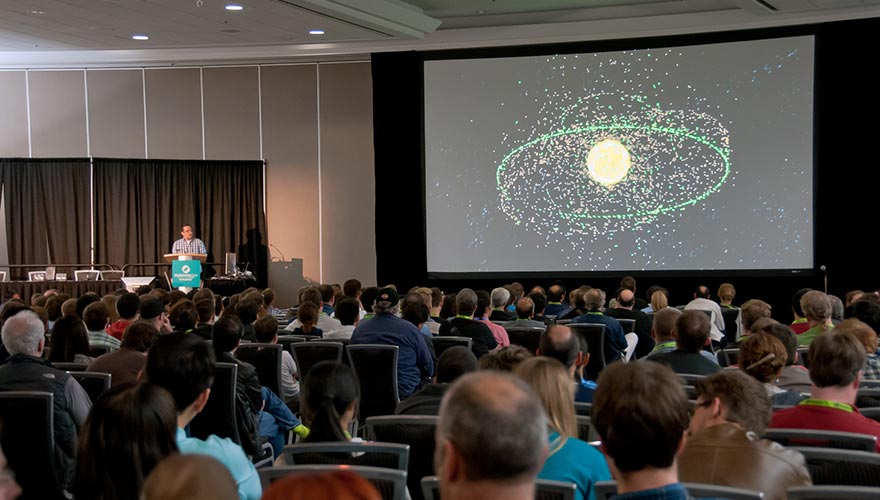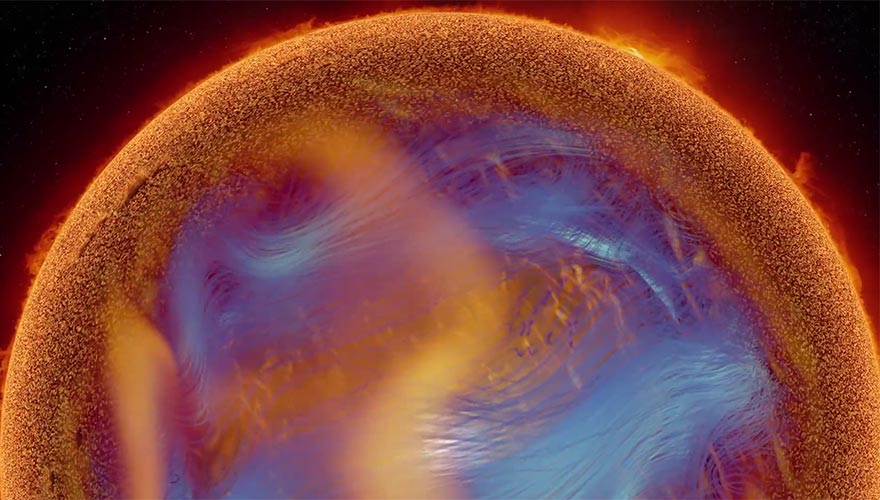On June 15, members of ACM SIGGRAPH who were in good standing as of May 31, 2016 were sent voting information via an email message or postal mail from Election Services Corporation (ESC). If ACM does not have an email address on file, members will receive voting information via postal mail. Members also have the option of requesting a paper ballot.
If you have not received an email from ESC, please contact acmsiggraph@electionservicescorp.com.
Voting closes August 15. The newly elected directors will take office on September 1, 2016.
Information required to vote:
- Your email address (The email address associated with your ACM/SIG member record).
- Your 10-digit unique pin can be found on the email sent from Election Services Corporation (ESC).
View the candidate bios and statements on ACM.org.
You can also learn more about the candidates from their ACM SIGGRAPH member profiles on SIGGRAPH.org:
Attending SIGGRAPH 2016? Be sure to go to the "Meet the Candidates for the ACM SIGGRAPH Executive Committee" BOF on Thursday, July 28, from 12:00 p.m. to 1:00 p.m. at the Anaheim Convention Center, Room 213D. The candidates will discuss their visions for the future of ACM SIGGRAPH and answer your questions.



